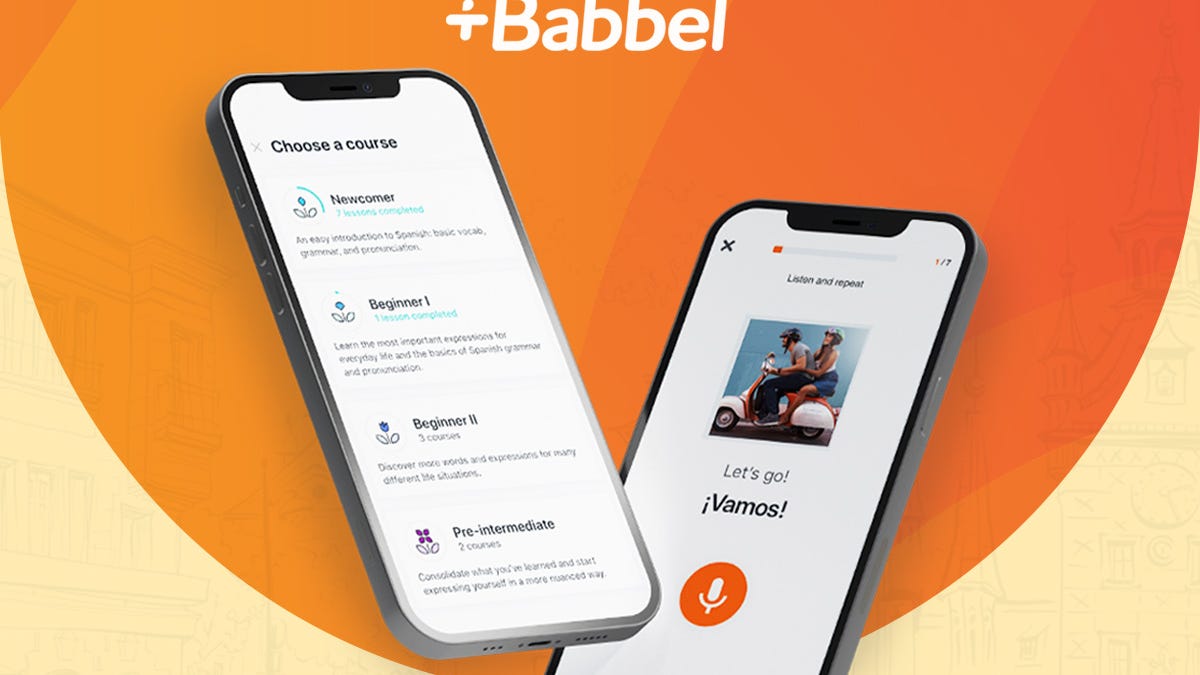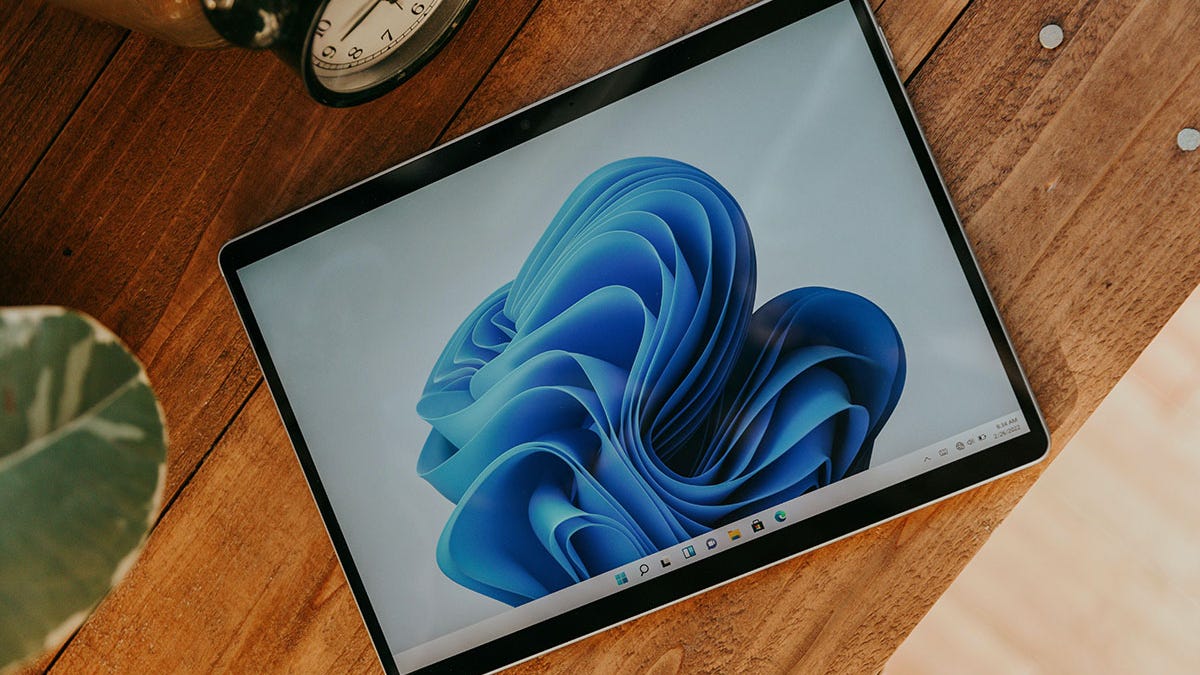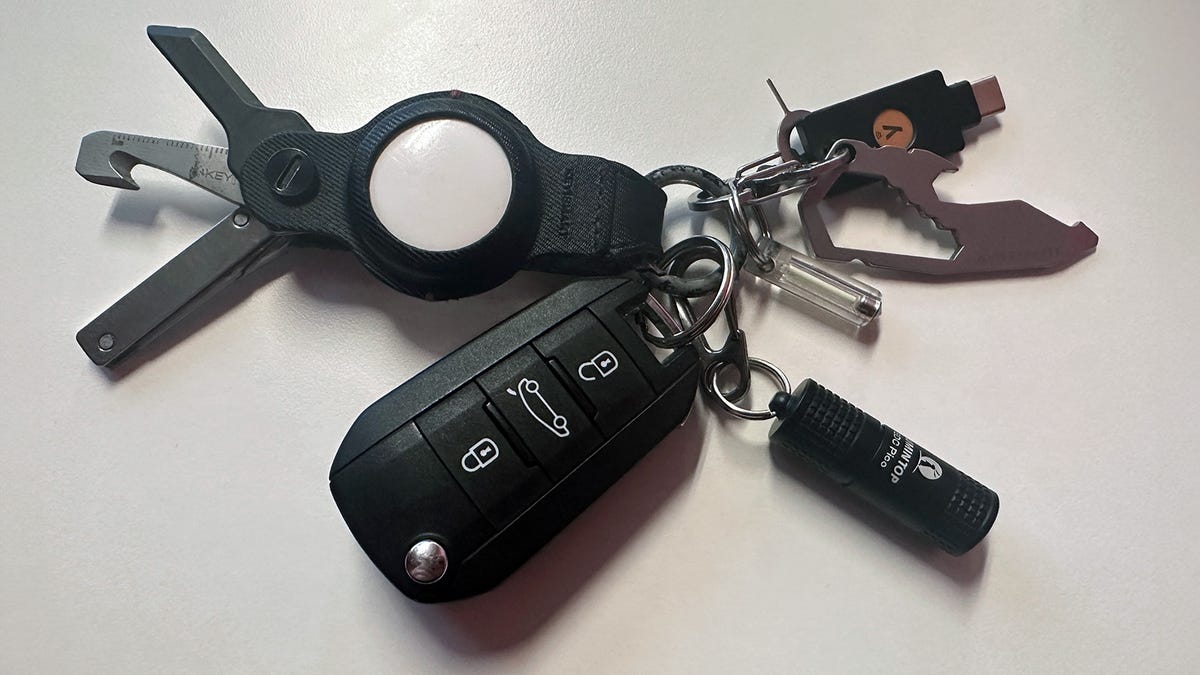BOOK THIS SPACE FOR AD
ARTICLE AD
DNS stands for Domain Name Service, and it's at the heart of the internet. DNS makes it such that you don't have to type an IP address to get where you want to go. Without DNS, instead of just typing google.com into your browser's address bar, you'd have to remember an address like 142.251.16.100. In other words, DNS makes the internet user-friendly. Your desktop, laptop, tablet, and even phone require DNS to function properly.
Also: Can someone tell if I block their number?
In fact, just about everything you do on your connected devices begins with a DNS query. So, when searching in your web browser's address bar or using just about any app on your mobile device, DNS is at work.
The problem is that standard DNS isn't secure, meaning all your queries are sent over the network as plain text.
Why is that a problem? Let's say you're on a public network (like a coffee shop), and you start searching for things on your Android device. Or maybe you have to access a CMS or other work tool and you don't want the public to know the address you're typing. If someone else is on the same network and has the skills, they could intercept your search queries (or the URLs you visit) and know exactly what you're looking for.
Also: Want to ditch LastPass? Here are the best alternatives to try
That's where Private DNS Mode comes into play. Once you enable this feature, all of your DNS queries are encrypted, so any bad actors wouldn't be able to view them (even if they capture those packets). In other words, Private DNS Mode should be an absolute must for anyone who values their privacy and security.
But how do you enable Private DNS Mode on Android? It's actually pretty simple. Let me show you how.
How to enable Private DNS mode on Android
What you'll need: The only thing you need to enable Private DNS Mode is an Android device running at least Version 9 of the operating system (which was released in 2018). So pretty much every modern Android phone is capable of enabling the feature.
Open the Settings app (either from the Notification Shade or the App Drawer) and then tap Network & internet. If you're using a Samsung Galaxy device, you'll go to Settings > More Connection Settings.
You'll find the entry for Private DNS near the bottom of the Network & internet window. On Galaxy devices, it will be located in the middle of the More connections settings list. If you don't find it, go back to the main Settings page and do a search for Private DNS.
The Private DNS entry is in the Network & Internet section of the Settings app.
This is where it can get a bit tricky. You need to have the address of a provider that offers Private DNS. Here's my provider of choice:
Some other possible hostnames you can use:
Google DNS: dns.googleQuad9: dns.quad9.netCleanbrowsing DNS: security-filter-dns.cleanbrowsing.orgOpen DNS: 208.67.222.222NextDNS: 45.90.28.0Comodo Secure 8.26.56.26OpenNIC: 192.95.54.3Note: Although each of the above free DNS services are worth trying, I would recommend going with Cloudflare (1dot1dot1dot1.cloudflare-dns.com). I find it to be the fastest and the most secure of the bunch. On top of the speed, Cloudflare adds DNS filtering into the mix, which can help prevent email from being sent from malicious IP addresses.
When you tap Private DNS, a new pop-up will appear. Tap Private DNS Provider Hostname, and then type the hostname for the DNS provider of your choice.
Figure 2: Adding a Private DNS provider for Android.
You can also choose Automatic, which will automatically switch to Google's Private DNS when it's available. For those who aren't so quick to trust Google for such a feature, I would recommend selecting Private DNS and then typing the address for your provider of choice. Tap Save to save the new setting and close the Settings app.
Also: This is the USB flash drive James Bond would use
And that's all there is to it. Once you've enabled Private DNS on Android, you can be sure all of your DNS queries are encrypted. Enjoy that added privacy and security.
.png)
 1 year ago
97
1 year ago
97 














 Bengali (Bangladesh) ·
Bengali (Bangladesh) ·  English (United States) ·
English (United States) ·